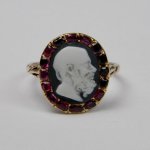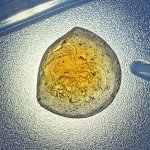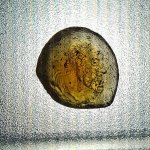Anna Z.
Greenie
- Feb 16, 2021
- 17
- 43
- Detector(s) used
- Surface hunt for artifacts
- Primary Interest:
- Other
Hello, I found this inaglio, engraved gemstone in South Carolina (inland, midstate). It's about the size of a US dime. It's a surface find. I was hunting for native american artifacts in an eroded area and found this. Thought it was a marble until I flipped it and then just thought a cool color rock. I put it in the bag, then rock bucket at home. A couple weeks later I rinsed it off and thought I was seeing things. It appears to be the face of a bearded man. Possibly Greek mythology or a catholic saint. No additional inscription or words. Material appears to be glass or stone. Some suggestions ive recieved are moonstone milk glass, opal, or opalite. The green image shows what the image looks like if you press playdough in the gemstone. Ive sent images to the state museum but they were never able to provide an ID. I've had a rock store, jewlery maker look at it with magnifying glasses, they didn't have any additional details other than perhaps it's not actually broke as the edge was smooth. I've heard lots of guesses, read a lot about intaglios the last few months, but haven't been able to land on an ID. I'd love to know more about it.
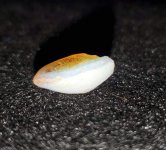
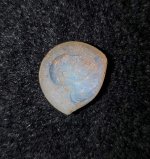
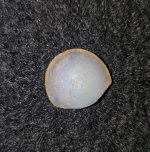
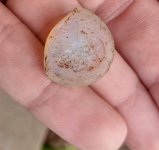
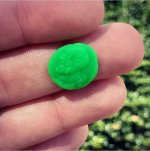
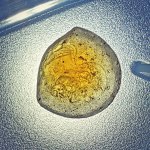
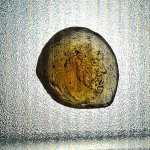







Last edited:





